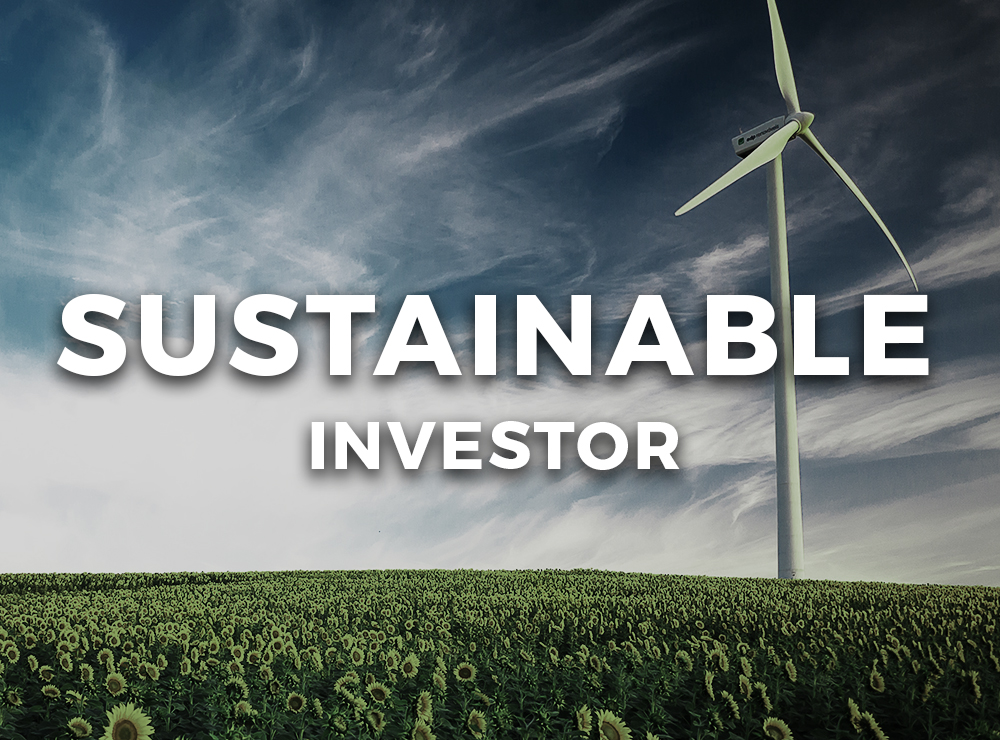
Sustainable investing isn’t a passing fad. It’s here to stay. In the first of a regular series, we take a look at the launch of the S&P 500 ESG Index.
It’s finally happened. S&P Dow Jones Indices has launched the long-awaited S&P 500 environmental, social and governance (ESG) index. Crucially, it includes an ESG score to select companies for inclusion in the new index (or, to put it another way, weed out the bad apples from the existing S&P 500 index).
According to S&P’s press team, “the S&P 500 ESG Index targets 75% of the traditional S&P 500’s market capitalisation at the industry level.” The ESG scoring methodology was developed by SAM, a unit of the Zurich-based investment company RobecoSAM, which specialises in ESG data, ratings and benchmarking.
S&P also expects to license its S&P 500 ESG Index and upcoming ESG indexes to various financial services companies globally. UBS Asset Management immediately launched a new exchange-traded fund based on the S&P 500 ESG Index in Europe, from April.
“The ESG scores will also be available as a stand-alone product for research, indexing and investment purposes”, continues the S&P press officer. “Index providers earn fees from ETFs and traditional funds that reference their indexes, and from asset managers who benchmark against the indexes and use the underlying data to assemble their own portfolios.”
The index will exclude tobacco, makers of “certain weapons” and companies with a low score in relation to the United Nations Global Compact principles for responsible businesses.
That’s not all. In coming months, expect to see S&P Dow Jones launch ESG versions of its regional and country-specific large- and mid-cap indexes in the Americas, Europe, the Middle East and Africa, and Asia-Pacific too.
“Smart and zeitgeisty”
Why is this so significant? The Financial Times “smart and zeitgeisty”, explaining that while many other ESG indices already exist, “the selling point here is that the S&P 500 ESG will accurately replicate the risk-return profile of the S&P 500, an index that feels homely and familiar to many investors.”
The index will target 75% of the traditional S&P 500’s market cap at an industry level. “About 30% of existing members are excluded”, continues the FT, “but the pared-down S&P 500 ESG tracks its fatter brother with a near identical volatility and a tracking error of less than one per cent over historic periods.”
According to Reid Steadman, S&P’s Global Head of ESG Indices, “an increasing number of investors require indices that are aligned with their investment objectives and their personal or institutional values.” He echoes the FT’s assessment, adding, “the S&P 500 ESG Index is designed for investors wishing to integrate ESG factors into their core investments, while not straying far from the overall profile of the S&P 500.” The graph below, released by the company, suggests the level of confidence S&P has in this statement.
No longer peripheral
This is far from being a PR exercise for the likes of S&P Dow Jones and UBS. In the same month, BNP Paribas released The ESG Global Survey 2019. Patrick Colle, General Manager BNP Paribas Securities Services, commented that “ESG is no longer a peripheral exercise thanks to investor demand, regulation and greater certainty about the link between ESG risks and long-term financial performance”.
A majority (78%) of respondents in the BNP Paribas 2019 survey state that ESG is either playing a growing role or becoming integral to what they do as an organisation. According to Bloomberg, investor interest in ESG funds, alongside market appreciation, drove a 37% annual increase in assets in 2017, outpacing the 23% return for the MSCI World Index. The Global Sustainable Investment Alliance’s (GSIA) latest review also finds increased demand for sustainable and impact investing – there are now $30.68 trillion of assets being professionally managed under responsible investment strategies, an increase of 34% since 2016.
“The driving force behind our ESG integration is to become a better investor, to achieve a stronger long-term return,” says Beth Richtman, Managing Investment Director, Sustainable Investments at CalPERS, quoted in the BNP Paribas report.
The S&P 500 ESG index could be an important addition for such investors. Whether it goes far enough in its initial state — for example not excluding all weapons companies, only the makers of “controversial” weapons — is a moot point. The standards can, and probably will, get tightened under the intense gaze of investor scrutiny.








